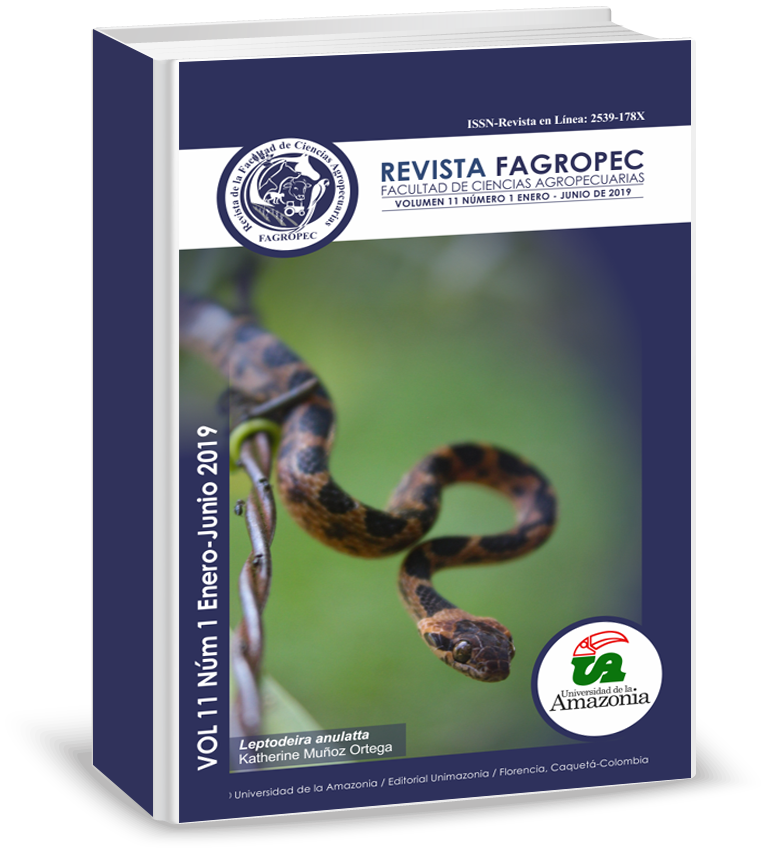Identification of the creole race caqueteño through the study of the fanerópticas characteristics
DOI:
https://doi.org/10.47847/fagropec.v11n1a3Keywords:
Creole, Cattle, Breed, Preservation, Racial StandardAbstract
The phaneroptic studies allow to identify, describe and differentiate the external particularities of the animals that will be selected to improve the consolidation processes of the breeds. The Caqueteño Creole cattle has survived thanks to its rusticity and adaptation as a result of natural selection to the conditions of the Colombian Amazonian piedmont, becoming an alternative for producers in the region. In the present investigation, the phaneroptic characters of individuals of the breed are identified. Ninetyeight individuals (34 males and 64 females) were studied in three farms in the Department of Caquetá and nine characteristics were analyzed. As a result of this investigation, two colors were identified, red (79%) and bay (21%); with short fine hair; 84% of the animals presented discontinuous dewlap and the color of the mucosa was grouped into rosy with 46 individuals and darkened in 52 individuals. No sexual dimorphism was found. Given the phenotypic characteristics identified in the current study, the Caqueteño Creole bovine is projected as a race with the right conditions to give rusticity and resistance to the crossings in livestock, however, the low number of the population triggers the alarms on the need to raise programs for their conservation and rescue.
Downloads
Downloads
Published
Issue
Section
License

This work is licensed under a Creative Commons Attribution-NonCommercial-ShareAlike 4.0 International License.
























